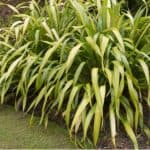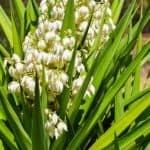Last updated on April 28th, 2022
Our site is reader supported, this means we may earn a small commission from Amazon and other affiliates when you buy through links on our site.
The Yucca plant can be an evergreen shrub, a small tree and some more tender varieties can be houseplants. With so many options available, you can choose between the dense or the loose rosettes of sword-shaped leaves, often variegated and bell-shaped flowers. The larger forms will lose a lot of the leaves at the lower part of the trunk with time, which means as your Yucca plant matures it exposes the trunk, much like a Cordyline. It’s important that you plant them in the optimum conditions to achieve a stunning architectural effect and give them enough space.
At the end of summer and beginning of autumn, your Yucca plant will produce panicles of bell-shaped flowers once they are established. However, it can take a number of years and they don’t always flower because they sometimes need hand pollinating to flower successfully.
Growing hardy varieties outdoors
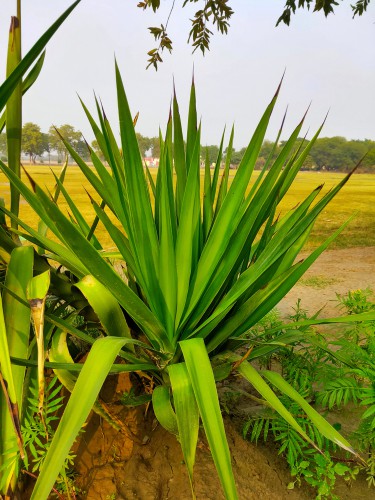
When planting outdoors you want to make sure you have an area that is well-drained with full sun and has plenty of space. Think about mixing some gravel into the soil to improve drainage if needed.
Planting in containers
If you are growing your Yucca in a pot, make sure you have the appropriate sized container and that you add some grit and mix with soil-based compost (such as John Innes potting compost) to improve the drainage. You might want to consider mixing as much as one-third grit and two-thirds compost. This will ensure that the soil mixture maintains moisture because it is soil-based while being free-draining thanks to the grit.
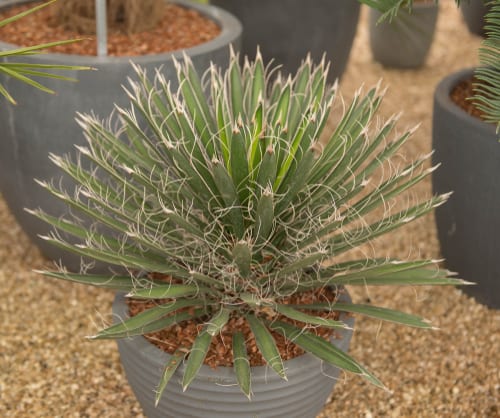
Yucca’s are best positioned in a location where they will get full sun. It is important that you don’t forget to water them regularly during the growing season, from around March onwards, also apply a balanced fertiliser in the form of a liquid feed every two to three weeks.
Winter care
When winter comes around, don’t feed your Yucca and water it sparingly, always allowing the surface of compost to dry out before you add more water. Certain cold winters have been known to kill Yuccas, as they do palms and Cordylines so we also recommend covering the container with lagging and putting fleece over the plant if the weather is forecasted to be very cold. If you can we recommend moving it into a greenhouse or cool conservatory if possible.
Growing tender indoor houseplant varieties
You can grow the more tender Yucca plants indoors and these such plants require a position that has access to plenty of sunlight, all year round. They are best planted in well-draining compost so don’t forget to add plenty of grit the same as you would with the hardier varieties.
A south-facing window is the best place for them to be during the winter to give them a little less sunlight, and if possible, we recommend moving them to west or east-facing windows during the summer to take advantage of the light and the longer days.
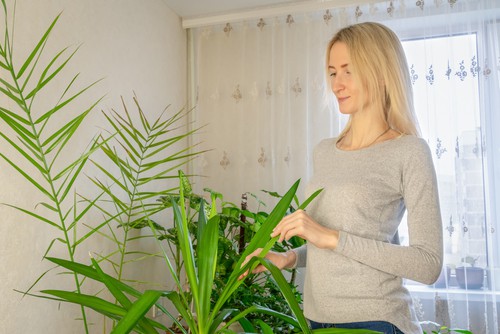
Try to provide afternoon shade in the summer
Providing your plant with light shade during summer afternoons and providing a better airflow will help reduce the risk of the leaves getting scorched by the sun, which is actually a common problem with some houseplants.
It’s worth noting that the tender Yucca varieties can be placed outdoors in the summer once the danger of frost has passed. This is usually around May and it is vital they are brought back indoors before we get frost again.
Try to avoid pruning Yuccas, with the exception of spent flowers and damaged leaves
You don’t normally need to prune the Yucca plant but what you do need, is the removal of any damaged leaves, and the deadheading of spent flower spikes if you are lucky enough to have them.
This is something you can do in the spring before they really start actively growing again. If you are growing your Yucca plant indoors you can prevent it from getting lopsided as it grows toward the light (as many houseplants do) by regularly turning the plants so it isn’t always facing the sun just on one side of the plant.
Propagating Yuccas
Taking stem cuttings
If you want to propagate your Yucca plant, you can take stem cuttings in the spring and propagate them in a semi-shaded area. It is important to note that they do need a bottom heat of around 18°C (65°F) to get the cuttings to successfully root.
Sowing Yucca seeds
Seeds can be sown in the spring as well. It is vital you soak the seeds 24 hours beforehand because this will greatly improve the germination rate. They are best propagated in a heated propagator where you can provide a consistent temperature of around 13-18°C (55-64°F). If you sow the seeds of more tender houseplant varieties they do need a couple of extra degrees of heat, usually around 19°C.
Dealing with aphids and snails
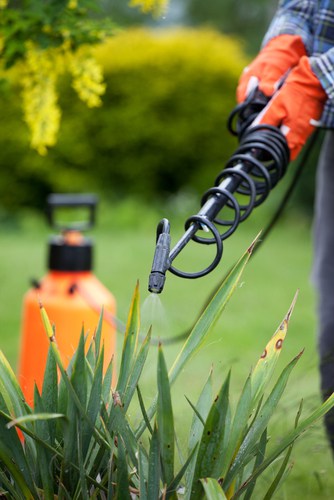
In most cases, Yucca plants are free from problems if they are grown outdoors, with the exception of aphids that are attracted to nearly all plants in the garden, and potentially snails. Spray them with a pesticide at the first sign of aphids and consider picking snails off by hand or using slug traps.
Common problems with indoor Yuccas
The lower leaves are going brown and crispy
If you grow them indoors there are a few problems to be aware of. Firstly, if the leaves on the lower part of the plant begin to turn crispy and brown it’s usually a sign of under-watering. This is an easy fix, simply water a little more frequently keeping the soil moist but not overly wet.
Dealing with droopy leaves
If the leaves start drooping and sagging it could be an issue with low light levels, in this case, try moving your Yucca to a position where it will receive more light.
If the leaves turn yellow suddenly and become limp it’s because you are overwatering your Yucca, decrease the amount you are watering and allow the soil surface to dry between waterings, being careful to avoid going to the other extreme and underwatering.

